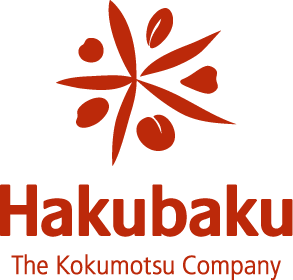Buckwheat has an ancient history, first grown thousands of years ago in China and Japan
The word ‘soba’ is the Japanese word used to describe not only the buckwheat plant (Fagopyrum esculenhum) but all noodles made from the grain of the plant. Contrary to its name buckwheat is not actually a wheat. The name evolved because the fruit of the plant is three-sided with sharp angles, resembling the triangular Beech-nut. The name Buckwheat comes from the Dutch name Boek-weit meaning ‘Beech-wheat’. Buckwheat is also closely related to rhubarb and the fragrant flowers make it attractive to bees to produce a special, strongly flavoured, dark honey.
Soba or buckwheat noodles are a staple food in Japan, with various grades available, from dark brown to grey on colour. Buckwheat noodles have a firmer texture with a distinct, slightly nutty flavour. Although they can be made solely with buckwheat, the mixture can be very crumbly and hard to manage, so wheat flour is often added. Powdered tea is sometimes added to make chasoba, a green noodle with a distinct flavour.
The word Hakubaku can be translated as "white wheat"(buckwheat) and Hakubaku specialises in buckwheat based Soba noodles (as well as the wheat based Somen, Udon and Ramen).
There is much to learn about Noodles in Japan including their History, Varieties and the Noodle Maker
